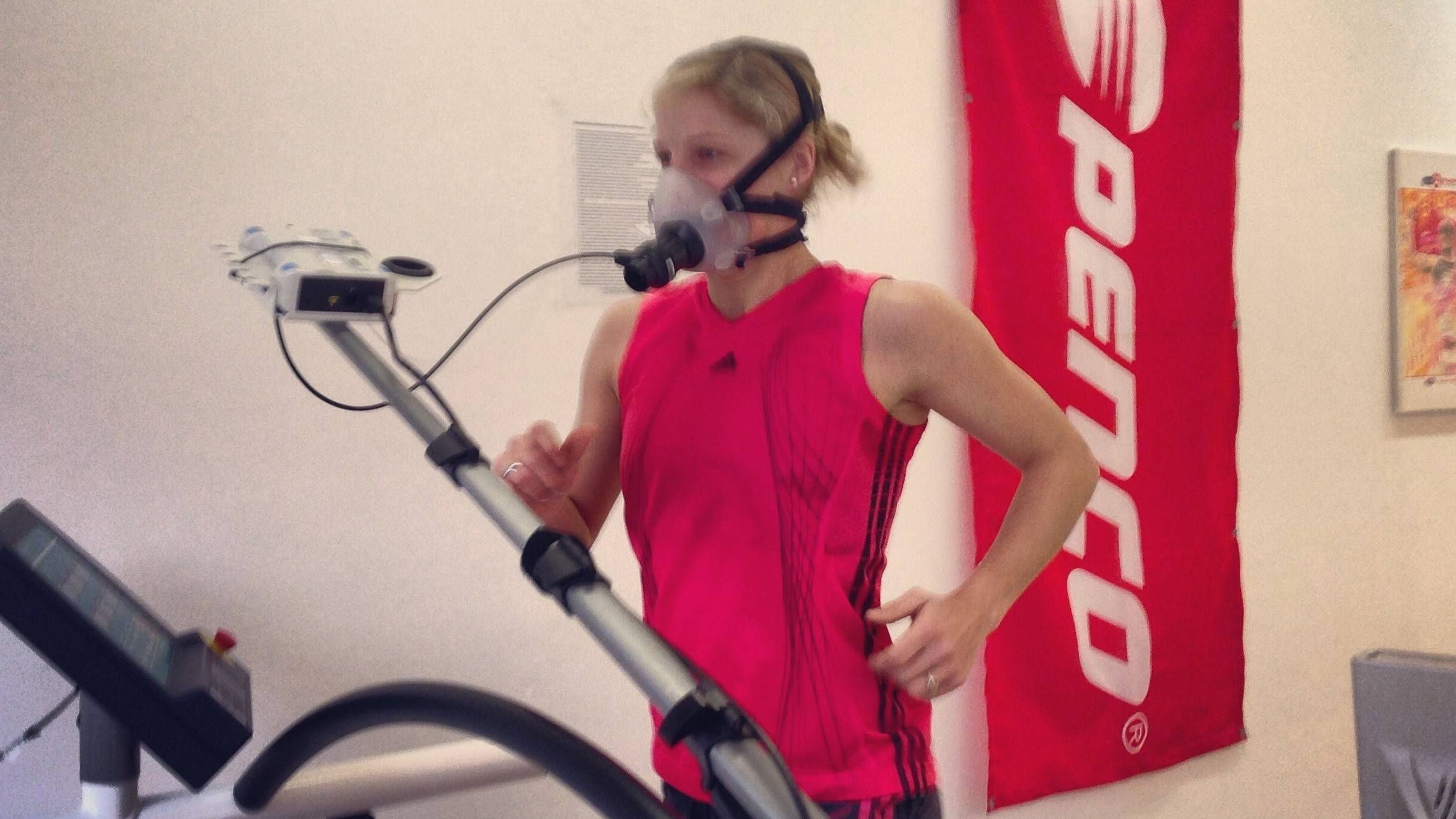Lots of data, lots of curves, lots of numbers. After a performance diagnosis, you not only have your new training areas, but often also many questions. We explain to you briefly and concisely which values mean what.
heart rate
Heart rate measurement is the most common means of stress control in competition and training, and yet very few athletes know where their optimal pulse range for training lies. During training or diagnostics, it is not possible to determine where the optimal intensity of exertion lies based solely on the height of the pulse. The height of the pulse in the comparison of several athletes also says nothing about their performance. The reason is that the resting and maximum heart rate of athletes is very individual. The maximum heart rate can fluctuate between 160 and 240 beats/min for athletes of the same age. You should therefore stay away from formulas for calculating the heart rate range.
lactate
Lactate is a metabolic product that is produced during the anaerobic breakdown of carbohydrates. Some lactate is also formed by the body during aerobic exertion, but this can be metabolized again without any problems. Lactate formation and breakdown are therefore in balance. The lactate value only rises significantly when the strain on the athlete becomes too high. Lactate can even be processed by the body and used as an energy supplier.
Individual anaerobic threshold
Is the stress level at which the body can just metabolize the accumulated lactate. At higher loads, there is a strong accumulation of lactate and thus acidification of the muscles. The individual anaerobic threshold is calculated mathematically for the lactate values measured during diagnostics using a so-called lactate threshold model. How high the lactate value is at the threshold depends on nutrition, individual predisposition and the type of sport.
Fixed lactate threshold
A fixed lactate threshold can be used to determine the performance development of an athlete in a longitudinal section. If an athlete runs 10km/h at the 2mmol/l threshold in the first test and 11km/h in the second test after, for example, 3 months, a clear improvement in performance can be recorded. Common fixed thresholds are 2 and 4 mmol/l, but the threshold can theoretically be set as desired by the diagnostician.
Maximum relative oxygen uptake capacity (VO2max)
The relative VO2max indicates the maximum amount of oxygen an athlete can use under exertion. To compare several athletes, the absolute oxygen uptake capacity is related to the athlete's body weight. Top athletes are around 70-90ml/kg/min, untrained people around 25-35ml/kg/min. The measurement of the maximum absorption capacity is possible with a spiroergometry, but has less significance than it is said to have. Especially in the case of well-trained people, progress in performance is often not reflected in an improvement in VO2max, but rather in an improvement in the percentage of utilization in the area of threshold performance or in an improvement in movement economy.
Incidentally, the data from spiroergometry are highly dependent on diet - for example, you can see from the values if someone ate (or drank) simple sugars before the test, or generally eats "low carb".
respiratory rate
Is the number of breaths per minute. At rest, people breathe in and out about 11-15 times per minute. The maximum respiratory rate during exercise can be as high as 60 breaths per minute. However, the respiratory rate alone says relatively little about performance.
minute ventilation
Consists of respiratory frequency and respiratory volume and can be 120-140 l/min for normal people, high-performance athletes can reach up to 250 l/min at maximum exertion. The tidal volume is the amount of air that can be inhaled and exhaled per breath. At rest, the tidal volume is about 500ml, under stress the amount increases to about 3.5-5l.
Respiratory Quotient (RQ)
The quotient of carbon dioxide exhalation and oxygen inhalation is used in a breath gas analysis to directly measure the carbohydrate or fat metabolism. An RQ of 0.7 means that 100% of the required energy is currently obtained from fats. An RQ of 1.0 means that 100% of the energy that is currently required is obtained from carbohydrates. If the intensity of exercise becomes significantly anaerobic (above the threshold), the RQ can even rise significantly above 1.0, since the lactate produced in the blood must also be buffered and metabolized. The RQ can thus be used to determine the optimal training areas for an athlete and the performance development can be excellently assessed in the longitudinal section.
Body Mass Index (BMI)
The body mass index is a point of reference for assessing body weight. Using the formula (body weight in kg) / (height in m)2, the healthy average person gets a value of about 20-25. However, the values do not take individual predisposition or body composition into account. Example: A muscular male who is 1.80m and weighs 90kg has the same BMI as a couch potato of the same height and weight.
The World Health Organization (WHO) specifies the following guideline values:
category BMI (kg/m²)
Severely underweight < 16
Moderately underweight 16-17
Slightly underweight 17 – 18.5
normal weight 18.5-25
pre-obesity 25 – 30
Grade I obesity 30 – 35
Grade II obesity 35 – 40
Grade III obesity ? 40




















